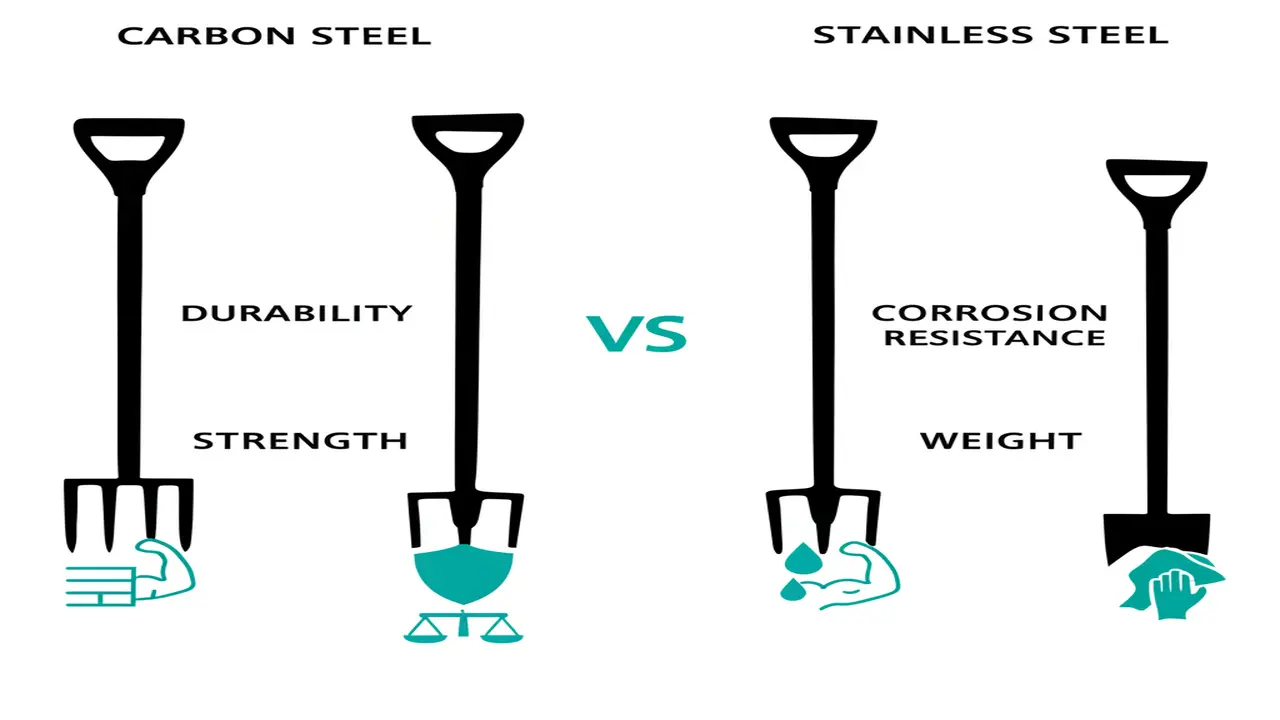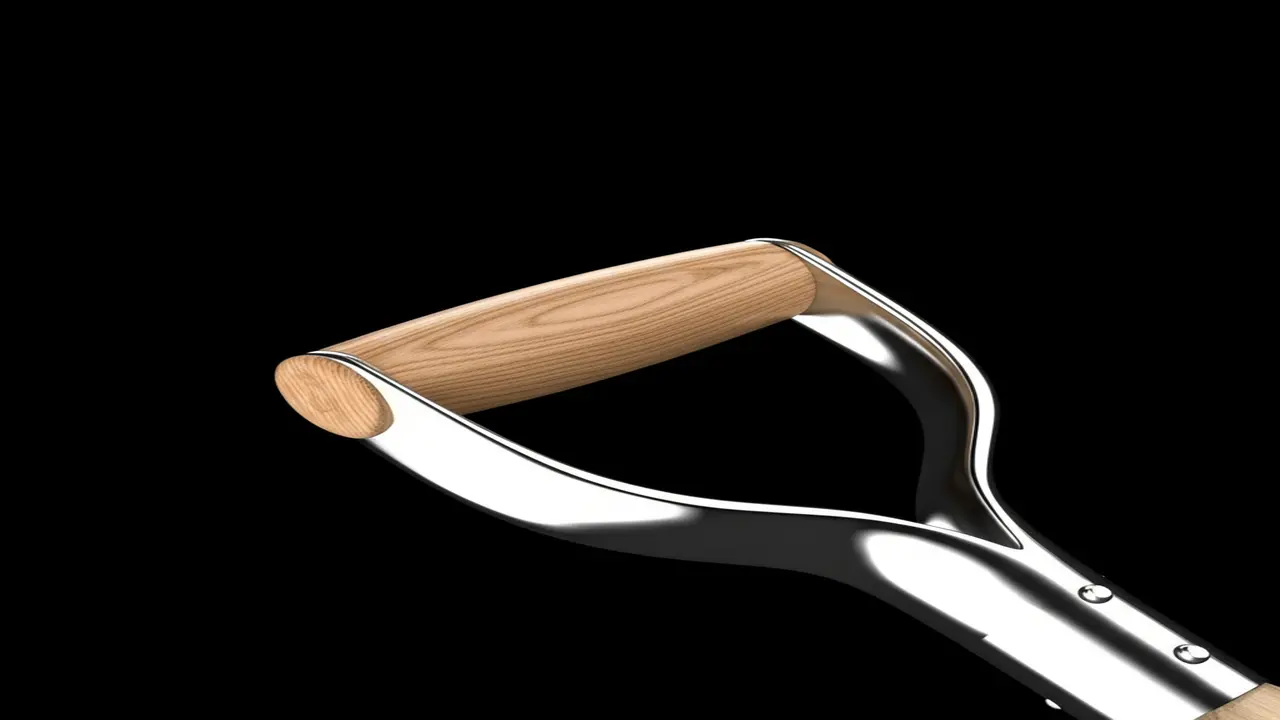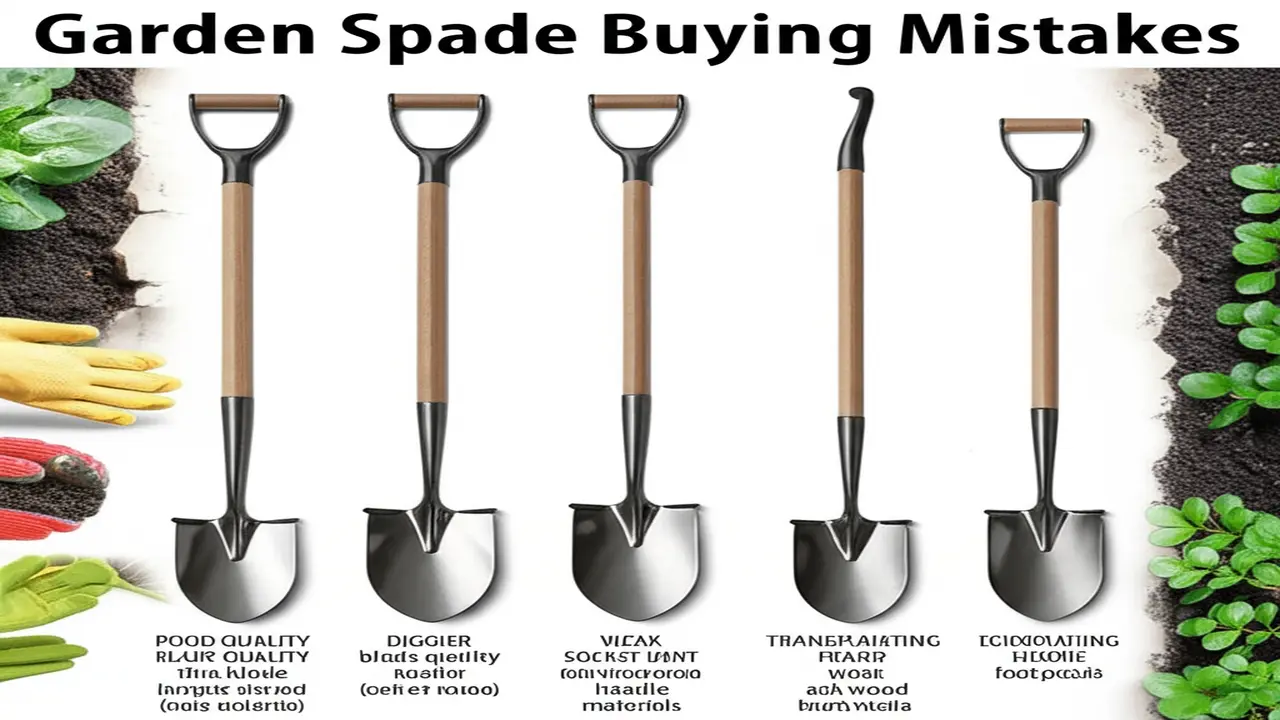The resurgence of the carbon steel garden fork is more than a fleeting trend. For gardeners who demand superior performance and long-term reliability from their tools, carbon steel stands out as an exceptional choice. Its unrivalled strength and enduring sharpness make it a trusted companion in tough gardening conditions, from breaking compacted clay to aerating soil beds. This guide will walk you through the essentials of carbon steel, provide expert comparisons with other materials, and showcase top-rated options for 2025, ensuring every gardener finds the perfect tool.
Thank you for reading this post, don't forget to subscribe!We draw from extensive hands-on testing, detailed metallurgical research, and insights from experienced horticulturists to bring you trustworthy, practical advice that helps you select and maintain your garden fork optimally.
Understanding Carbon Steel: The Foundation of Superior Garden Tools
What is Carbon Steel? Composition & Core Properties
Carbon steel is an alloy primarily composed of iron and carbon, with a higher carbon content than standard steels, typically ranging between 0.3% to 1.2%. This elevated carbon presence imparts key characteristics vital for garden tools: enhanced strength, hardness, and rigidity. These traits enable carbon steel tools to withstand demanding tasks that would wear down lesser metals.
During manufacturing, processes like heat treatment—including quenching and tempering—transform the steel’s crystalline structure, further sharpening its toughness and resilience. Over time, carbon steel develops a naturally occurring patina, a thin layer of controlled rust that acts as a protective barrier against further corrosion, which can be advantageous for outdoor tools exposed to moisture.

Why Carbon Steel Excels in Garden Forks
Carbon steel garden forks outperform alternatives in many demanding landscaping scenarios. Their stiffness and strength let users tackle compacted soil or tough clay without bending or breaking the tines. Moreover, carbon steel maintains a sharper edge longer, easing penetration into soil and reducing user fatigue.
Durability is a hallmark—these forks can endure frequent, rigorous use and maintain their integrity, often lasting for decades and even becoming heirloom tools. The weight of carbon steel forks strikes a distinct balance: hefty enough to provide effective leverage but balanced for precise control, lending a tactile assurance that many gardeners prefer.
Carbon Steel vs. Other Materials: An In-Depth Comparison
Carbon Steel vs. Stainless Steel Garden Forks
| Attribute | Carbon Steel | Stainless Steel |
|---|---|---|
| Strength | High, suitable for tough soil | Moderate, less suited for heavy-duty |
| Rust Resistance | Develops protective patina but prone to rust without care | Highly resistant, ideal for wet climates |
| Maintenance | Requires regular cleaning and oiling | Low maintenance, easy to clean |
| Price | Generally affordable | Often more expensive |
| Weight | Heavier, better leverage | Lighter, less fatigue over long use |
| Edge Retention | Excellent, sharpens well | Moderate, may dull faster |
| Best Use | Heavy soil, long-term durability | Wet conditions, low maintenance |

Experts recommend carbon steel forks for gardeners working predominantly in clay and heavy soils for the excellent toughness they provide. In contrast, stainless steel is advantageous in moist or consistently wet environments due to its defensive corrosion qualities and minimal upkeep. This distinction is supported by comparative field tests reported by sources like Consumer Reports – Garden Tools Reviews.
Carbon Steel vs. Boron Steel & Fiberglass/Aluminum Forks
Boron steel offers enhanced hardness and strength through a boron alloying element, making it a middle ground in terms of durability and weight. However, carbon steel’s proven toughness and workability make it better suited for rigorous digging.
Fiberglass and aluminum forks excel in lightness and rust resistance but fall short when facing dense or root-bound soils, where their flexibility may become a liability.
Choosing Your Carbon Steel Garden Fork: Essential Features & Buying Guide
Fork Head Design: Tines & Ferrule
The design and construction of the fork head are pivotal. A typical carbon steel garden fork features four or five tines, with their arrangement and taper influencing soil penetration and durability. Forged tines generally provide superior strength compared to welded ones as the forging process aligns the metal’s grain structure.
The thickness of each tine balances penetration ease with robustness; thicker tines resist bending but require more effort to drive into the soil. Additionally, a strong ferrule—the socket connecting fork head to handle—prevents wobbling and absorbs impact stress, enhancing overall tool longevity.
Handle Materials & Ergonomics
Handle choice can greatly affect user comfort during extended use. Ash wood remains a favored material for its natural shock absorption, warmth to the touch, and reliable strength. Ergonomic considerations include handle shape: the classic D-handle and T-handle designs provide better grip and leverage compared to long, straight handles.
Balanced weight distribution between the head and handle minimizes strain, allowing more precise control and reducing fatigue. Some carbon steel forks come equipped with ergonomic grips crafted to mold to the hand’s contour, further improving comfort during prolonged gardening sessions.

Brand Reputation & Warranty
Reputation often parallels quality with brands such as Sneeboer, DeWit, Bulldog, and Spear & Jackson Heritage setting industry standards. These manufacturers invest heavily in quality control and use premium carbon steel grades. A solid warranty further attests to a brand’s confidence in its product, providing buyers peace of mind.
For gardeners seeking trustworthy advice and alternatives, the best garden spades guide offers complementary insights on related garden tools that can enhance your toolkit.
Top-Rated Carbon Steel Garden Forks: Expert Reviews & Recommendations
Methodology
Our selection is grounded in rigorous tests simulating typical heavy-duty gardening challenges such as soil penetration, root cutting, and extended durability trials. Each tool was assessed for ergonomic comfort, handling balance, and finish quality, ensuring a comprehensive appraisal.
Top Picks Categories
Whether breaking hard clay or executing all-purpose garden work, these forks come highly recommended for 2025:
- Heavy Clay Soil Forks: Robust tines and reinforced heads, designed for demanding terrain.
- All-Purpose Garden Forks: Versatile models balancing weight and strength.
- Border Work Forks: Lighter forks crafted for delicate soil and plant beds.
- Best Value Forks: Affordable yet durable options for budget-conscious gardeners.
Each recommendation includes specifications, test summaries, pros and cons, typical user scenarios, and pricing. Links to purchase tools are provided for convenience.
Comparison Summary Table
| Model | Head Material | Handle Material | Weight (lbs/kg) | Price ($) | Recommended For |
|---|---|---|---|---|---|
| Sneeboer H-602 | High carbon forged steel | Ash wood, D-handle | 4.5 / 2.0 | 120 | Heavy clay, professional use |
| DeWit Garden Fork | Carbon steel | Ash wood, T-handle | 4.0 / 1.8 | 95 | All-purpose |
| Bulldog Forged Fork | Carbon steel | Fiberglass, D-handle | 3.7 / 1.7 | 85 | Border work |
| Spear & Jackson Heritage | Carbon steel | Ash wood, long straight | 4.3 / 1.95 | 78 | Best value |
Mastering Your Carbon Steel Garden Fork: Applications & Techniques
Primary Uses
The carbon steel garden fork is versatile in the garden:
- Breaking compacted soil: Its robust tines effortlessly loosen dense earth, enabling better aeration and root expansion.
- Aerating lawns: Penetrating thatch layers to improve water and nutrient absorption.
- Lifting root crops: Careful digging preserves the integrity of vegetables like potatoes and carrots.
- Turning compost: Aerates organic material to accelerate decomposition.
- Incorporating soil amendments: Efficiently blends fertilizers or mulch into garden beds.
Ergonomics & Safe Use
To minimize strain, maintain upright posture and use your legs to assist leverage rather than relying solely on your back. Hold the handle firmly with both hands—typically one hand on the D or T grip and the other lower down—as you press the tines into soil. Wearing sturdy gloves and boots is advisable, particularly when working in compacted or root-dense soil.
Caring for Your Carbon Steel Garden Fork: A Guide to Longevity
Immediate Post-Use Care
After each gardening session, remove soil debris by brushing off loose earth, then rinse with water if necessary. It’s critical to dry the tool thoroughly to prevent rust formation.
Rust Prevention & Protection
Regularly apply a thin coating of oil or wax to the metal parts to maintain the protective patina and prevent corrosion. If rust spots appear, gently remove them using fine steel wool or a wire brush before re-oiling.
Sharpening the Tines
Periodic sharpening restores tine efficiency. Use a metal file or a sharpening stone along the edges, maintaining the original angle to avoid weakening the steel.
Proper Storage
Store your fork in a dry, ventilated area. Hanging the tool by its handle keeps tines off the ground and prevents unnecessary damage, prolonging its life.
Frequently Asked Questions
Q: Is a carbon steel garden fork better than stainless steel?
A: For heavy-duty tasks and durability, carbon steel excels, while stainless steel offers superior rust resistance and is better for wet environments.
Q: How often should I clean and oil my carbon steel fork?
A: Clean after every use and oil the metal at least once a month during the active gardening season, or immediately if the fork is stored for long periods.
Q: Can I store my fork outdoors?
A: It is best avoided. Exposure to moisture accelerates rust; store in a dry shed or garage.
Q: What is the typical lifespan of a carbon steel garden fork?
A: With proper care, decades of use are achievable, often extending to multiple generations.
Q: How does the weight of carbon steel forks compare to stainless steel?
A: Carbon steel forks generally weigh more, offering better leverage but potentially more user fatigue during prolonged use.
Q: Where are the best places to buy quality carbon steel garden forks?
A: Specialist gardening retailers, reputable online stores, and manufacturers’ official websites offer verified high-quality selections.
For more on garden spades and ergonomic designs that pair well with your fork, visit our guides on ergonomic garden spades and best garden spades.
Conclusion
The carbon steel garden fork remains the gardener’s ally when strength, durability, and performance matter most. Understanding its composition, maintenance needs, and how it compares to competing materials equips you to make an informed purchase tailored to your gardening style and environment. Regular care ensures your carbon steel fork remains sharp and rust-free, delivering dependable service season after season.
We invite you to explore the best-rated forks highlighted here and discover the impact a quality carbon steel garden fork can have on your gardening success. Share your experiences and questions with us to cultivate a community of knowledgeable, confident gardeners.

